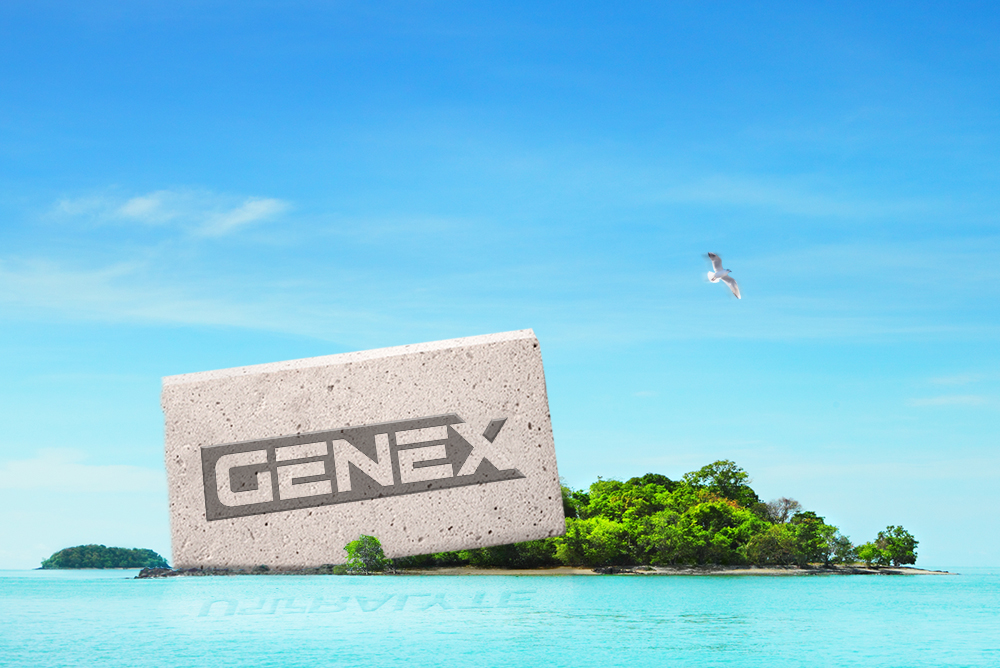Benefits of Eco Friendly AAC Blocks in Construction Industry

The benefits of eco-friendly AAC Blocks in the construction industry stem from the fact that AAC blocks are made from compressed fly-ash, a residual by-product of the steel manufacturing industry. AAC blocks are fast replacing traditional clay bricks that are made of natural soil, the excavation or mining of which results in soil erosion and depleted forest cover. AAC blocks thus have no environmental costs attached to them, unlike traditional brick and mortar models of construction. Owing to their chemical composition, AAC blocks are much lighter in weight and required less in number than traditional bricks over the same unit volume of construction.
1. AAC blocks are precast, foam concrete, sustainable construction material made from aggregates of sand, calcined gypsum, flyash, lime, ordinary Portland cement, water and aluminium powder. After mixing and moulding, the concrete is autoclaved under heat and pressure and it thus gains its distinctive properties. AAC bricks are in high demand owing to their properties like their being light weight, disposed to thermal insulation, sound insulation, being easy to work with, fire resistance etc.
2. Genex AAC blocks are 1/3 of the weight of red clay bricks which makes them easy to transport, thus saving on the overall logistics and shipping costs, as compared to the costs involved in transportation of traditional red clay bricks.
3. With its superior strength, Genex AAC blocks give durability to the finished structure which makes them more capable of handling higher seismic loads, compared to structures with conventional bricks.
4. Environment friendly AAC blocks for construction industry are larger than traditional bricks, which leads to easy installation and gives the desired flexibility for making adjustments by cutting, shaping etc. These blocks have fewer joints and consistent dimensions, which makes laying them easier and makes the construction process faster.
5. The average compressive strength of the Genex AAC block is 3 to 5 N/mm2. Thus it is much stronger and better than bricks of the same density.
6. Owing to its unique cellular, bee-hive structure, the environment friendly AAC blocks for the construction industry have a very high fire resistance quotient.
7. Genex AAC blocks are prepared from inorganic materials, which help in protecting the structure from pests such as termites and rodents.
8. The lightweight and porous structure of Genex AAC blocks enables high sound reduction which makes it a perfect fit for the construction of studios, hotels and hospitals.
9. The macro-pores inside Genex AAC blocks ensure low absorption of water, thus providing better moisture protection to the walls and the structure.
10. The material in Genex AAC blocks contains small air pockets, and hydrogen is used to foam the concrete, thus giving it an excellent heat insulation property that allows temperatures to be warm in winter and cool in summers. Therefore, it can significantly lower your air-conditioning and heating costs by about 25%.
11. Genex AAC blocks are made from natural and non-toxic materials and their manufacturing process generates minimum waste. Some of the waste or off cuts generated can be recycled or used in aggregates. As it is made from non-biodegradable materials, it makes the building durable and stable, preventing rot or mold. Furthermore, being lightweight, energy-efficient and easy to install, AAC blocks also minimize labor costs.
12. Using Genex AAC blocks is a great way save a lot on your construction costs. There are many reasons for this. AAC blocks are lightweight and hence much cheaper to transport. These blocks don’t require as much curing or mortar, and labor. Using AAC blocks, you can build walls with lesser number of joints which brings down the cost as well. And due to these factors, the construction time is drastically reduced as well, which further reduces the overall cost of construction.
